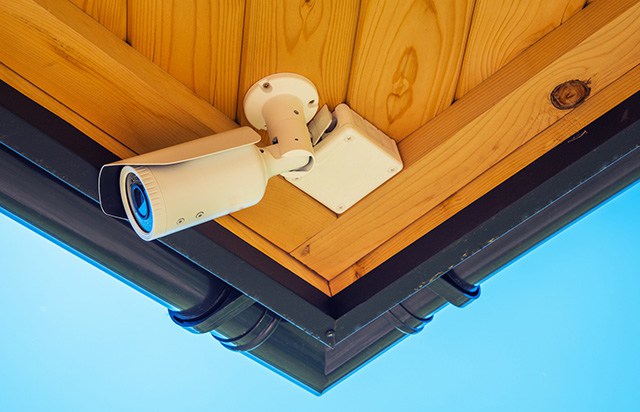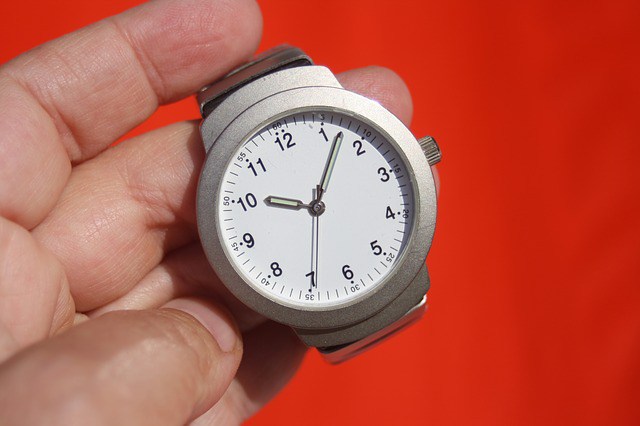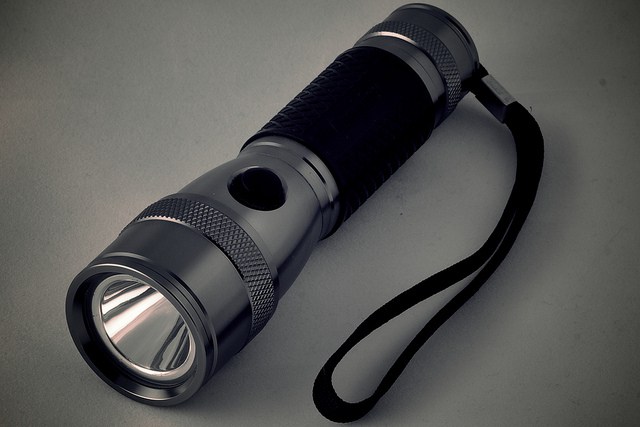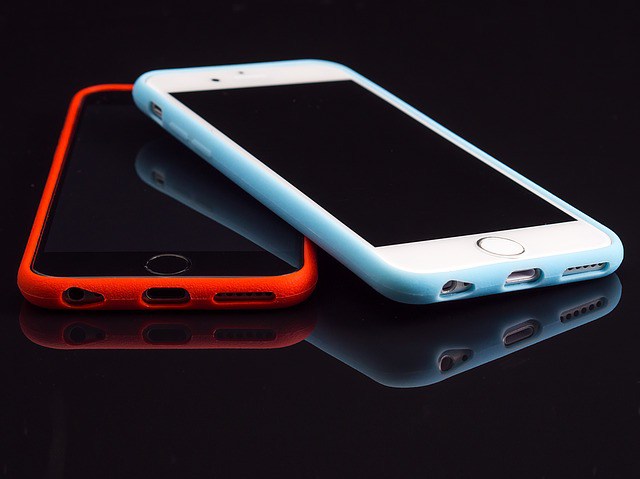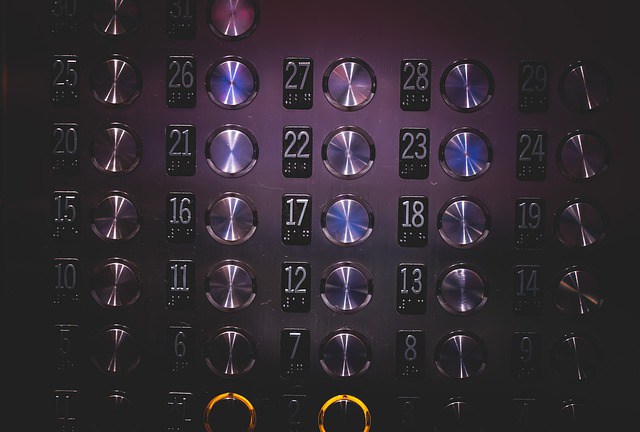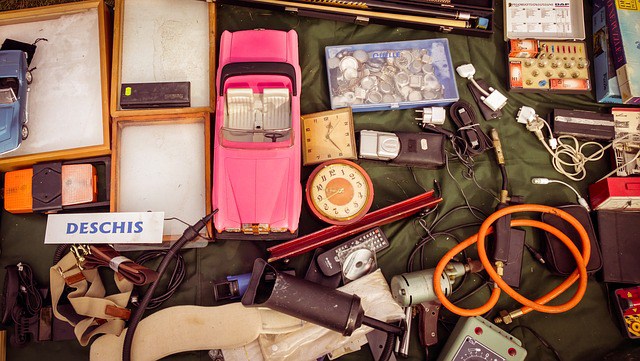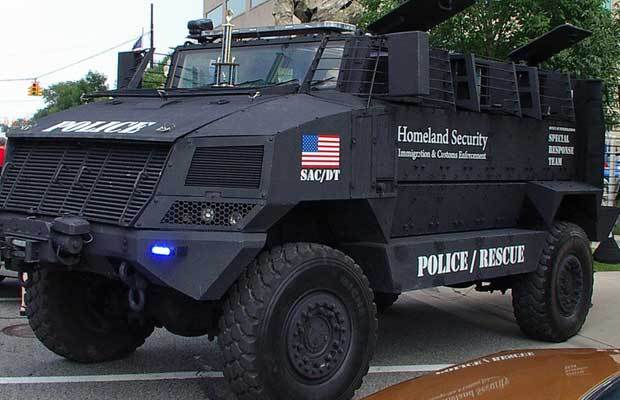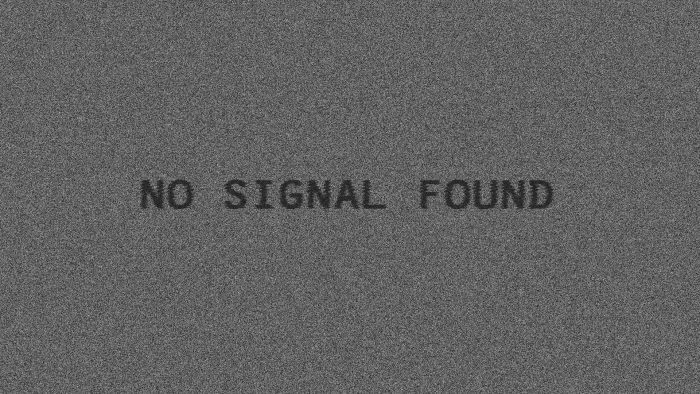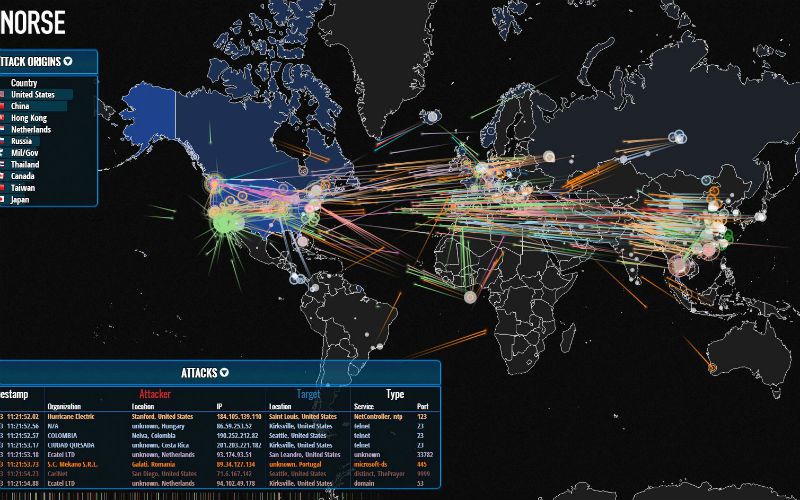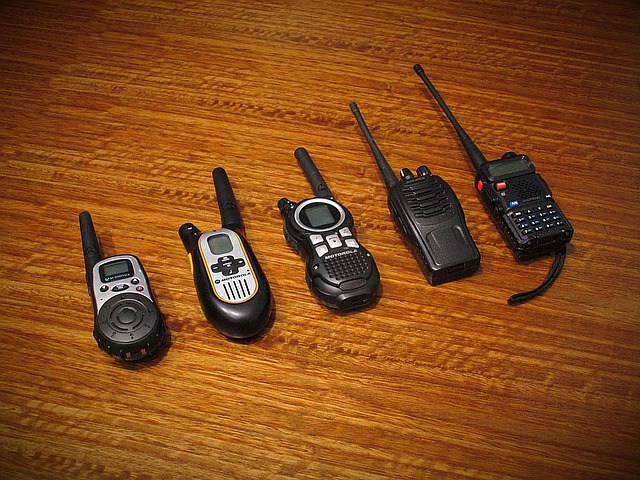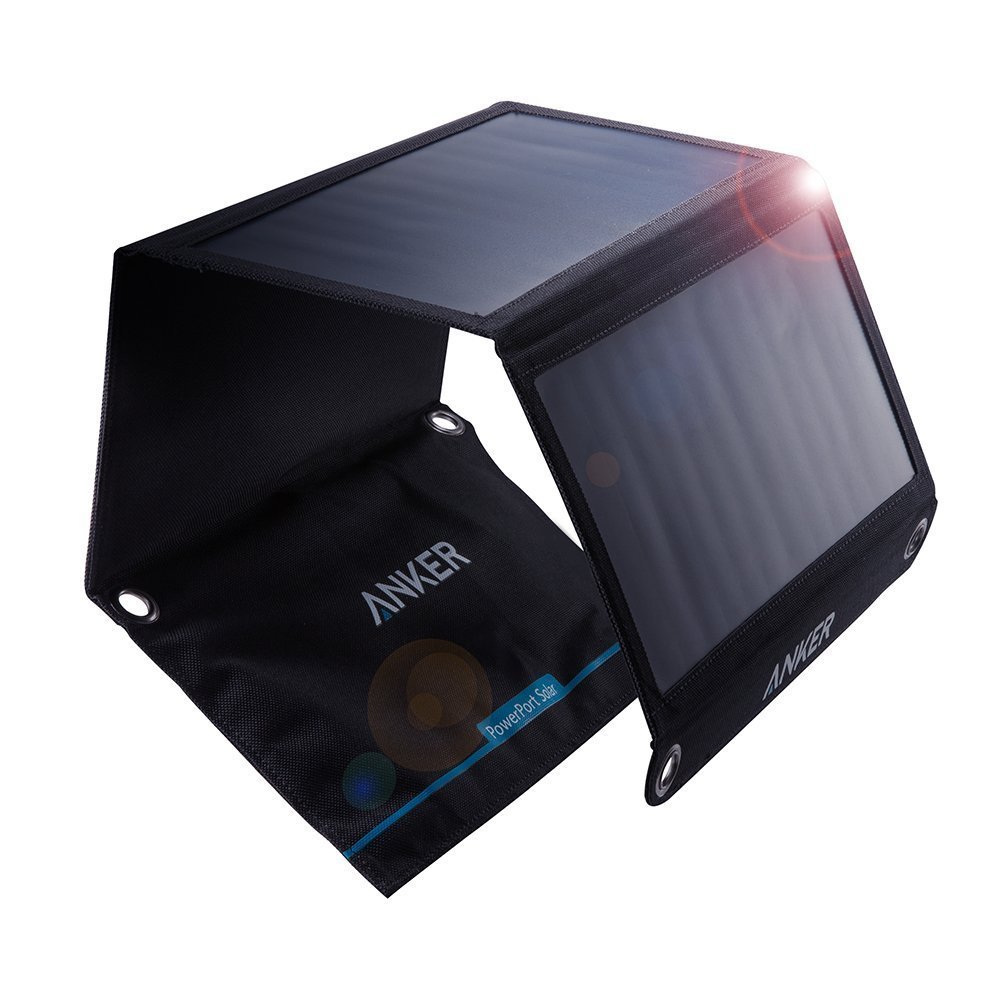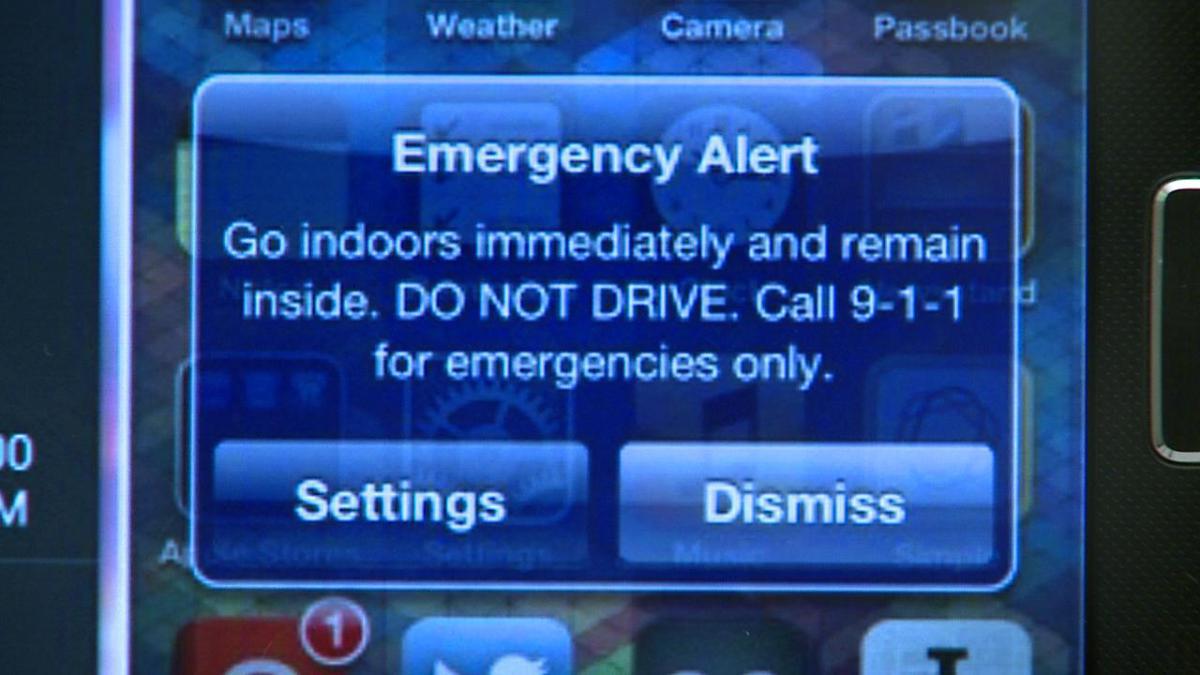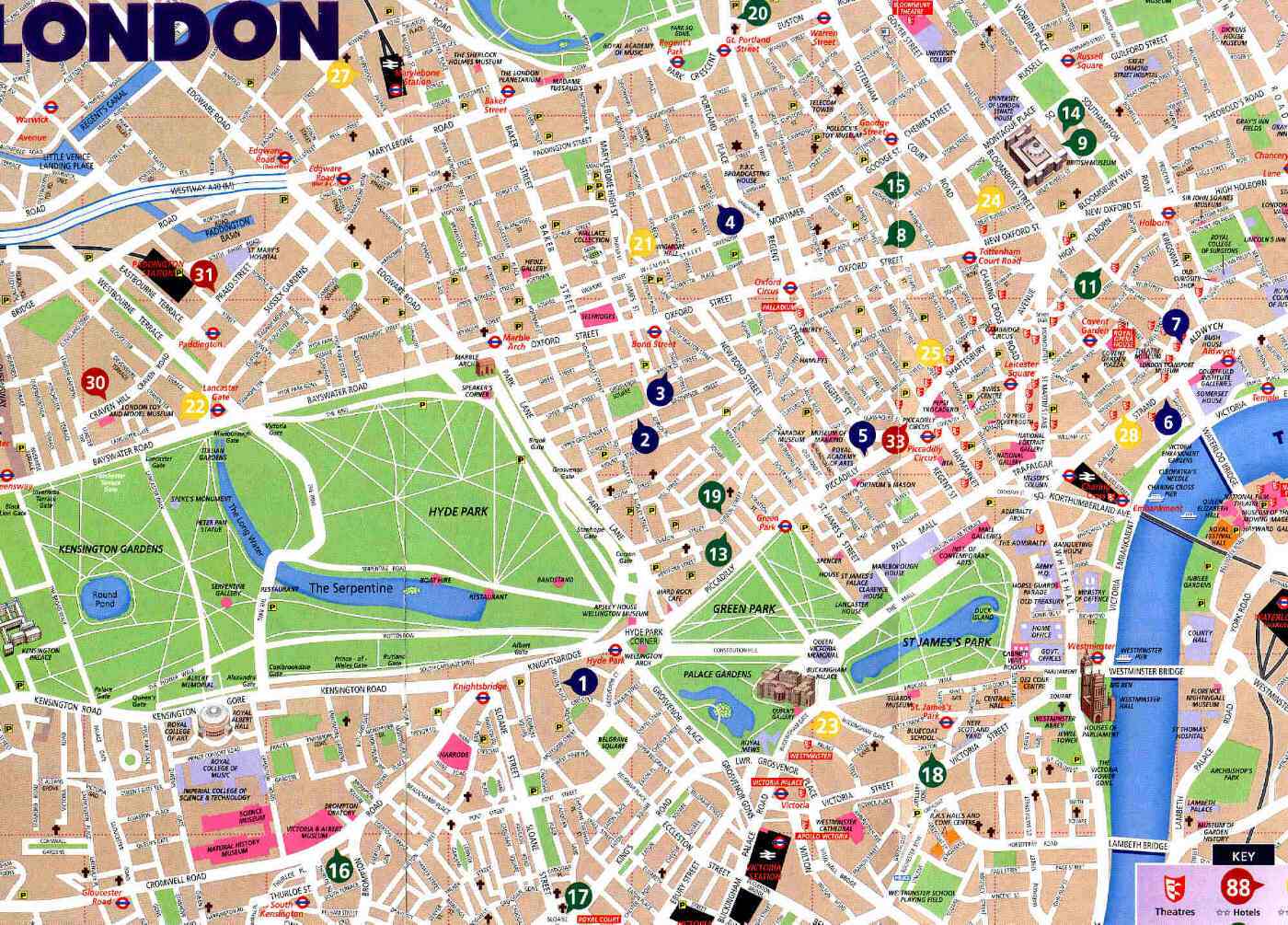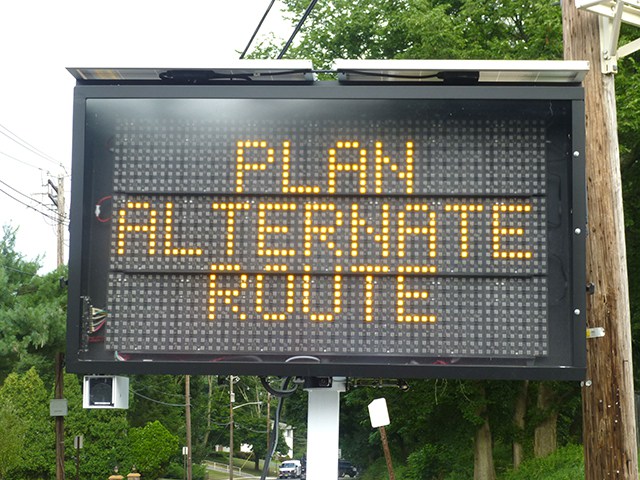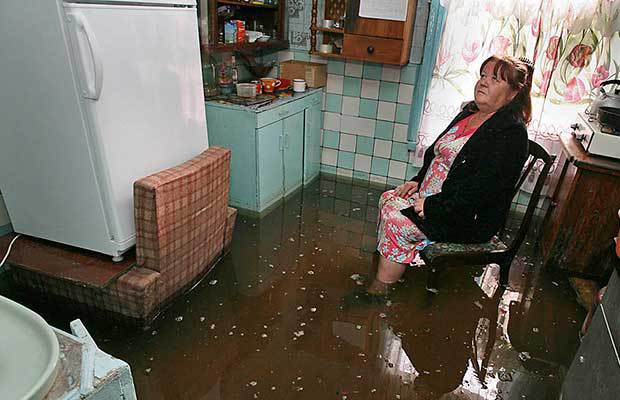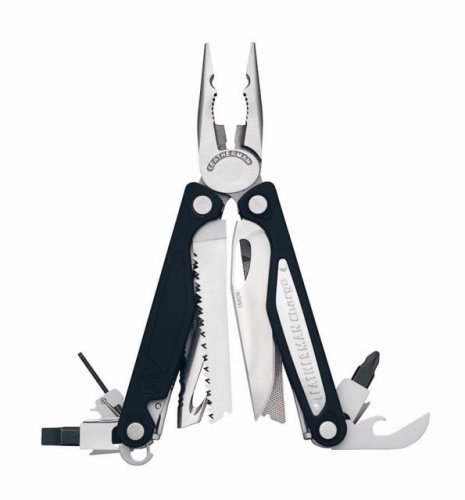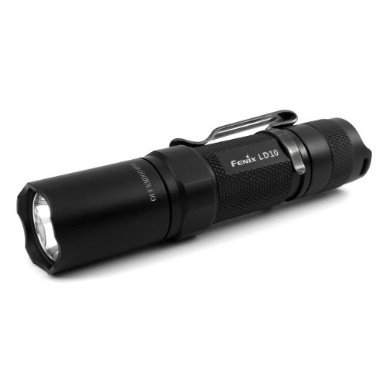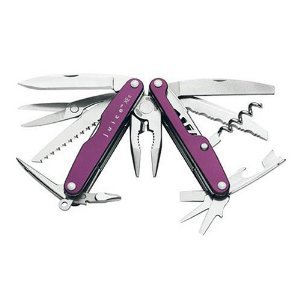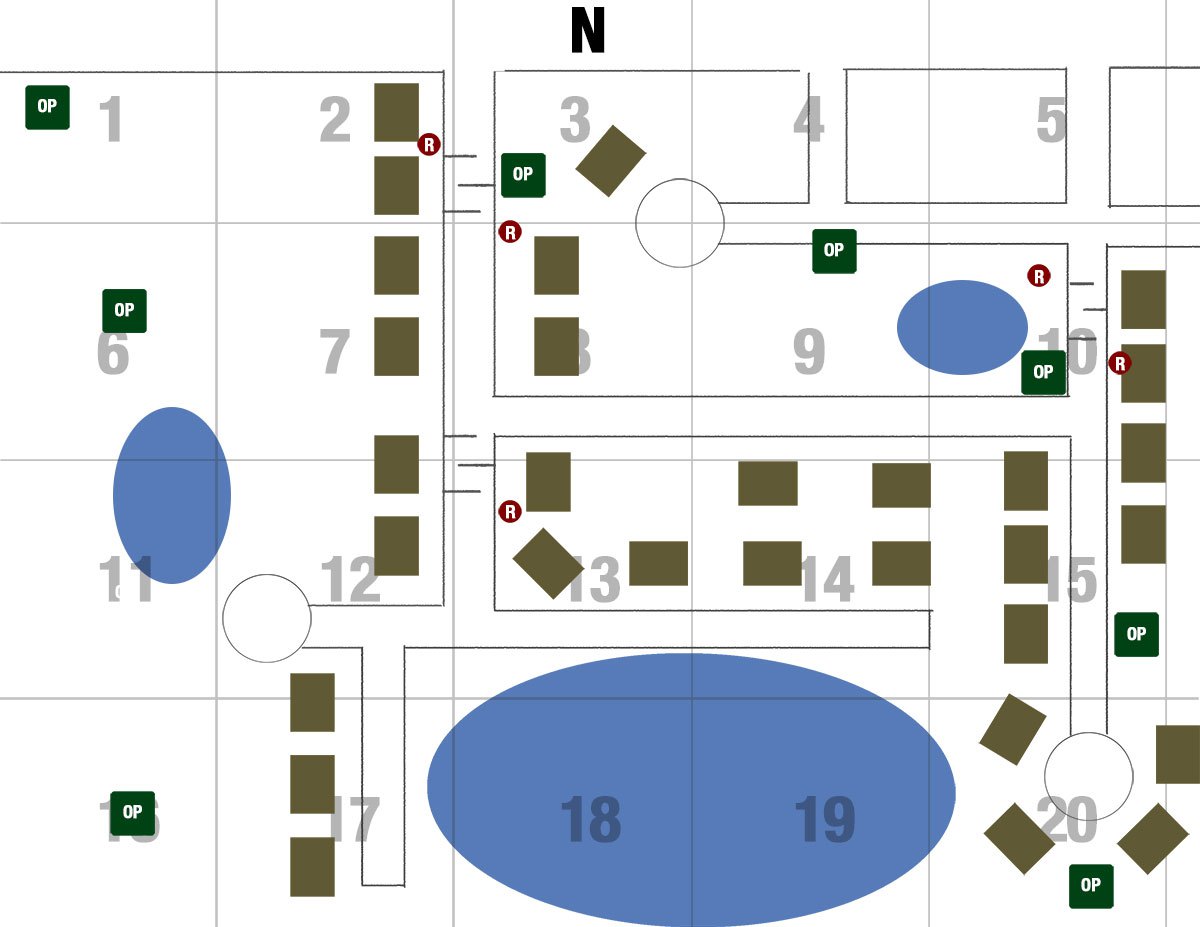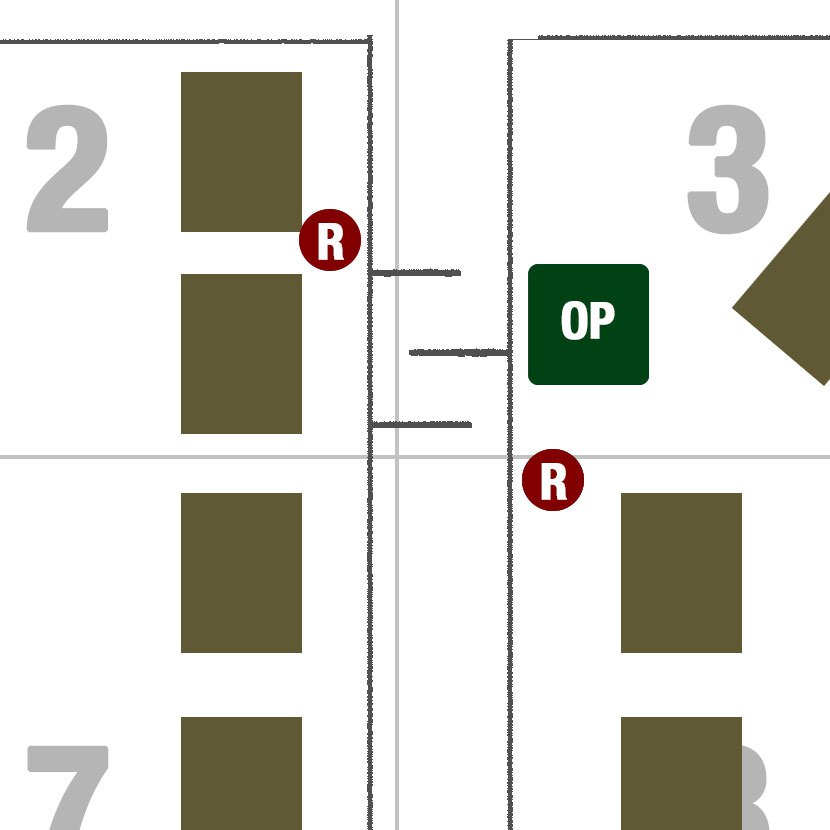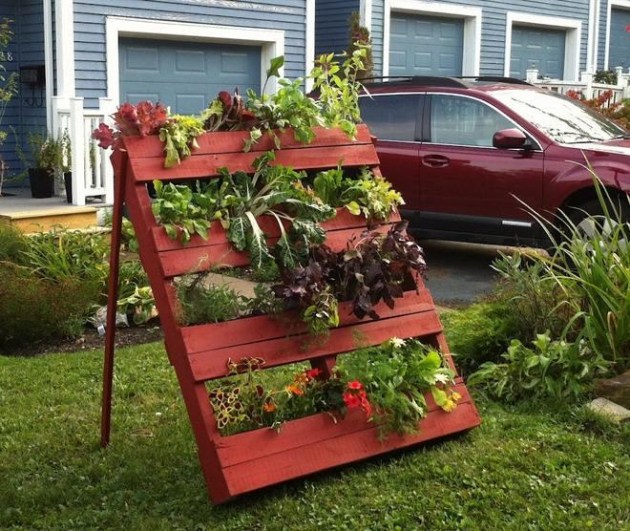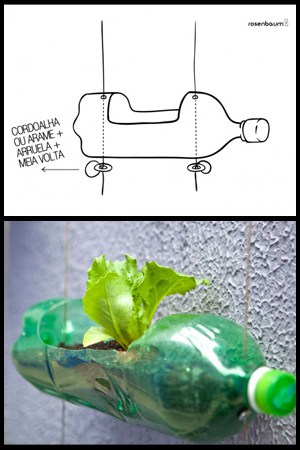10 Things You Should Know About Smart Home Security
Everything around us is getting smarter: phones, television, brands, and now our homes and our home security. The “smart revolution,” anchored on emerging technologies and connectivity, is clearly taking over. The objectives of such innovations are generally noble. The smart trend aims to make living easier, more practical, and more intelligent. Don’t forget cooler, of course.
Let us zoom in on the smart home revolution. It sounds like a really hi-tech and romantic concept. Unfortunately, while people hear it all the time, the majority of homeowners do not know what it is about. Based on a white paper from Consumer Electronics Association and Parks Associates, nearly two-thirds of heads of households are not familiar with smart home security concepts.
What makes a home smart? It’s when a home is equipped with lighting, heating, and electronic devices that can be controlled remotely through the Internet. This also includes home security systems that have greatly evolved to better ensure home safety, whenever and wherever.
Home security trends of the year are clearly moving towards smart home security. It’s when you can monitor, access, and control security devices such as alarms and cameras remotely through a phone or computer. Sounds too technical for you? Let’s make it simpler with an ultimate list of everything you need to know about smart home security systems.
Easy installation for Smart Home Security systems
It does not take a master technician to install smart home technology. Most of the brands available are wireless so you should not worry about running wires and cables throughout the house. All you need to do is to identify a location for the panel. The central control unit of the system will make contact with the several area detectors such as infrared or motion that are mounted around the house to raise alarm when necessary. DSC alarm systems usually come with a video of how to install the technology so you won’t have to go through technical manuals. For example, it is a breeze to install DSC Powerseries Neo in your home as you only need to mark, mount, and connect.
Personally program your smart home security system
People have different security preferences. Smart home security technology gives you different options to program your home and personalize settings. For example, you can set alarm verification to reduce the number of false alarms. You can even do this remotely.
Connecting to the Internet of Things
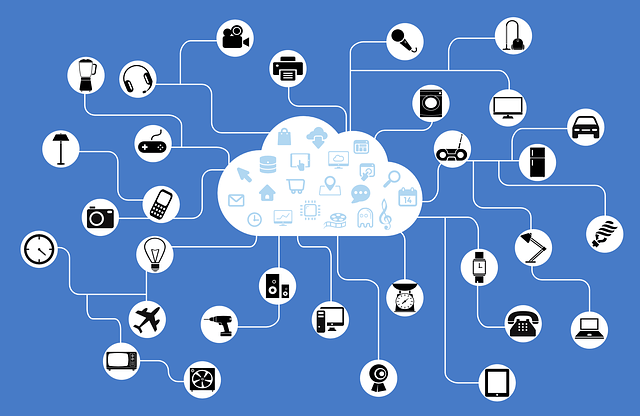
The Internet of Things or (IOT) is an essential concept of smart home technology. This simply means that the Internet will be working with many appliances and devices, including security, at home. IoT is an area of endeavor that makes a home “smart” since it makes possible the networking of objects and security. Smart home security basically requires a reliable Internet connection so that all of the things around the house can be connected to each other.
Z-Wave Control
When you go shopping for smart home alarm systems, you will likely come across Z-Wave. Don’t bother with the letter “Z” because all you need to know is that it is a wireless communications unit that makes home automation possible. Most DSC alarms have a built-in Z-Wave unit that will let you control your home’s temperature, lighting, and door locks.
Control via a security app
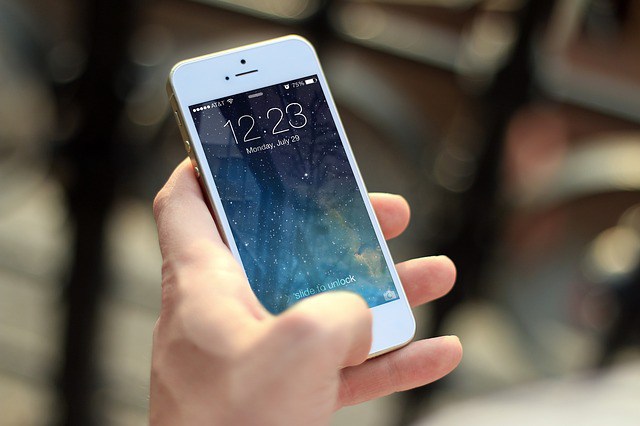
So you wonder: how can I access and control my security panel when I’m in the office. As for everything else in the world, there’s an app for that. You will be provided with a security app, such as Alarm.com or Canary, which will be installed in your phone. Most apps are compatible with iPhone, iPad, Android, Blackberry, tablets, and other web-enabled devices. It is through this app that you can access, monitor, and control your home security real-time and on-the-go.
Arm and disarm your security system remotely
You don’t need to physically be at home to arm and disarm your alarm. Gone are the days when you set an alarm and hope it works. With smart security, you can arm and disarm it via your mobile device. If you need to reconfigure settings and disarm it for a while, you can do so from the palm of your hand.
Alerting authorities

When an alarm is raised, can the authorities or the police know about it? They will. Modern home alarm systems allow your chosen security provider to listen in via built-in microphones and through a two-way audio alarm verification system. Once a threat is verified, appropriate authorities will be notified.
Power vs. false alarms
The propensity for false alarms is among the issues with traditional security systems. But with a smart home security, you have the power to reduce false alarms with enhanced verification features. The most common are the two-way voice alarm verification system and dual verification features that allow officers and providers to see and hear what is happening on your premises before sending help.
Real-time alerts
The beauty of smart home security is the capability of alerting you through push notification emails and text messages. You just need to program your unit to provide you with these alerts.
Building a comprehensive system
You might think that you are limited to door and window sensors. Well, entry-level systems typically include just a few sensors and detectors to be connected to your home Wi-Fi network or other wireless protocols such as Z-Wave. But over time, you can add an extra door sensor to provide coverage—including locks, surveillance cameras, smoke detectors, and water sensors—for the entire household.
You won’t believe the level of comfort that a smart home technology provides. It is like having a Jarvis to your own Iron Man. Of course, coverage depends on how extensive you want your home security to be. This is why it is important to know your preferences and priorities. Do you want minimal or absolute control? Do you want a network system where everything is connected? What are the things that you want to be able to control remotely? These are the things that you need to ask before making that purchase. Do not let the technicalities fool you because the main premise of technology is to make life simpler and better.
Everything around us is getting smarter: phones, television, brands, and now our homes and our home security. The “smart revolution,” anchored on emerging technologies and connectivity, is clearly taking over.

